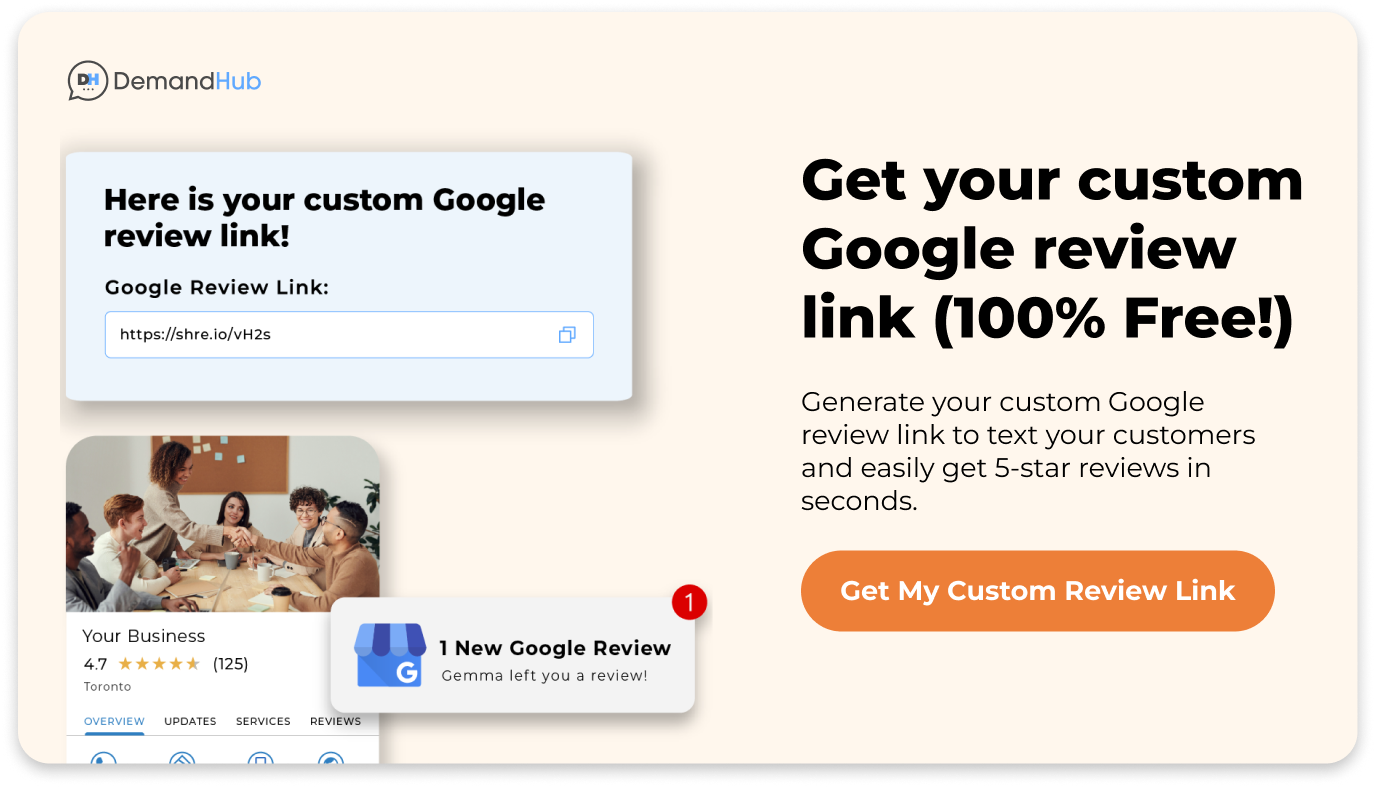
The voice of the patient has never been more powerful. 72% of patients now use online reviews as their first step in finding a new doctor. This shift towards digital healthcare transparency means gathering patient reviews is no longer just beneficial—it’s essential for any practice’s survival and growth.
As we step into 2024, the ability to get patient reviews has become a cornerstone of a healthcare provider’s online reputation. These reviews significantly influence prospective patients and offer invaluable insights that can help enhance healthcare services, ultimately leading to increased patient satisfaction.
With the right strategies, getting patient feedback and improving your medical practice’s online presence can seamlessly integrate into your daily operations.
To understand why patient reviews are important, explore our insights on the impact of positive review examples.
In this article, we’ll discover 9 proven strategies that will help you get patient reviews and ensure that they are authentic, constructive, and reflect the high-quality care you provide.
Without further ado, let’s dive in.
Table of Contents- 9 Proven Strategies to Get Patient Reviews
- Conclusion
- Frequently Asked Questions (FAQs) related to Patient Reviews
9 Proven Strategies to Get Patient Reviews
In healthcare services, patient reviews can be the differentiator that sets your practice apart.
Here are 9 strategies that can help you collect those coveted testimonials:
1. Providing Exceptional Care and Customer Service
Want to see more glowing reviews from your patients? Start with the basics: exceptional care and top-notch customer service.
There’s a direct and undeniable correlation between patient experience and the likelihood of leaving a positive review. When patients feel heard, respected, and valued, they’re more likely to return and become advocates for your practice.
A Harvard Business Review study highlighted that customers with the best past experiences spend 140% more than those with the poorest experiences.
This translates to patients who are more engaged in their care and more likely to share their positive experiences with others.
Train Your Team to Shine
Every interaction counts, from the reception desk to the exam room. Make sure your team is on point with their people skills. A warm smile, a listening ear, and a can-do attitude go a long way.
Equip your staff with the right training, and they’ll turn patient visits into review-worthy experiences. Remember, every team member reflects your practice’s values and commitment to patient care.
Follow-Up Care That Wows
Don’t let the conversation end at “goodbye.” A follow-up call or a caring text message can turn a regular check-up into an experience a patient wants to share. It shows your practice is committed to their well-being beyond the office visit. This level of care and attention can encourage patients to share their positive experiences through reviews.
In a nutshell, ace the care you provide, make sure your team does the same, and always circle back to show you care. Do these well, and watch the reviews roll in.
2. Automated Emails
Timing is Everything. Automated emails are like well-timed follow-up calls. They show up right when the experience is still fresh. Schedule emails to go out shortly after appointments when patients are still reflecting on their visit. This timing increases the chances they’ll engage and share their thoughts.
Personalization Makes a Difference
Nobody likes feeling like just another number. Personalize those emails! Use the patient’s name, reference their specific visit, and maybe drop in a comment about something they mentioned. It shows you pay attention and value them, which can nudge them toward leaving that review.
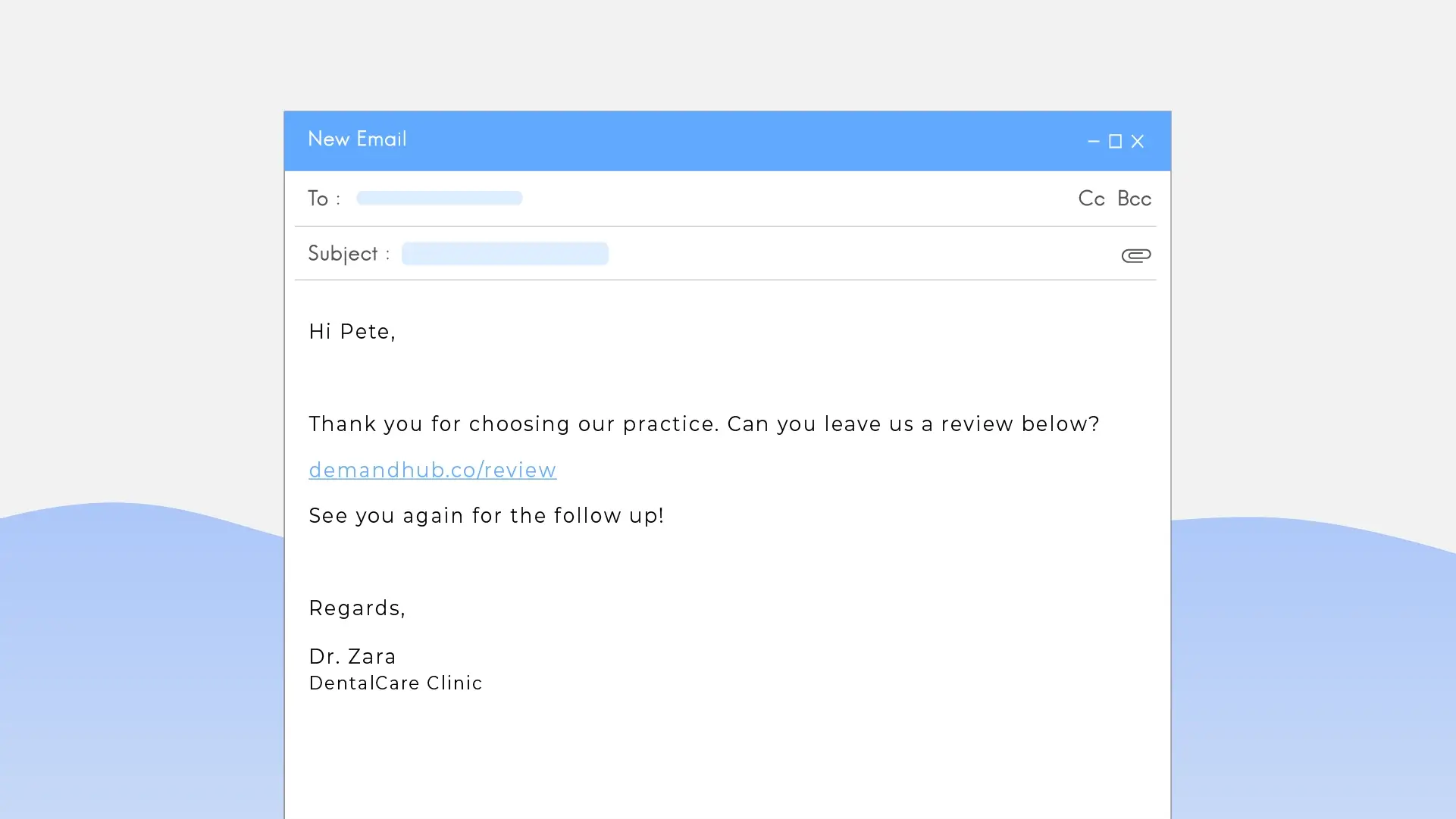
Make It Easy to Leave a Review
Ever got a long email and thought, “I’ll read this later,” and never did? Keep it short. And here’s the kicker—include a direct link to your review platform right in the email. One click, and they’re in the right spot to share their feedback. Easy peasy.
3. Appointment Cards
Appointment cards are not just for remembering the date of your next visit. Use them to remind patients to leave a review. Pop your review site info on there. It’s like a little nudge they take home with them.
Want to easily generate a review link or QR code for your business? Try our Free Google Review Link Generator!
Physical Reminders for the Win
A tangible card can stand out! It’s especially effective for those who appreciate a physical reminder, like seniors or those less tech-savvy. It’s a small touch that can make a big difference.
Design That Calls for Action
Your appointment card design should be clear and compelling. Use colors and fonts that draw the eye to your call to action. “Loved your visit? Leave us a review!”—make it pop, and make it easy to find where to go.
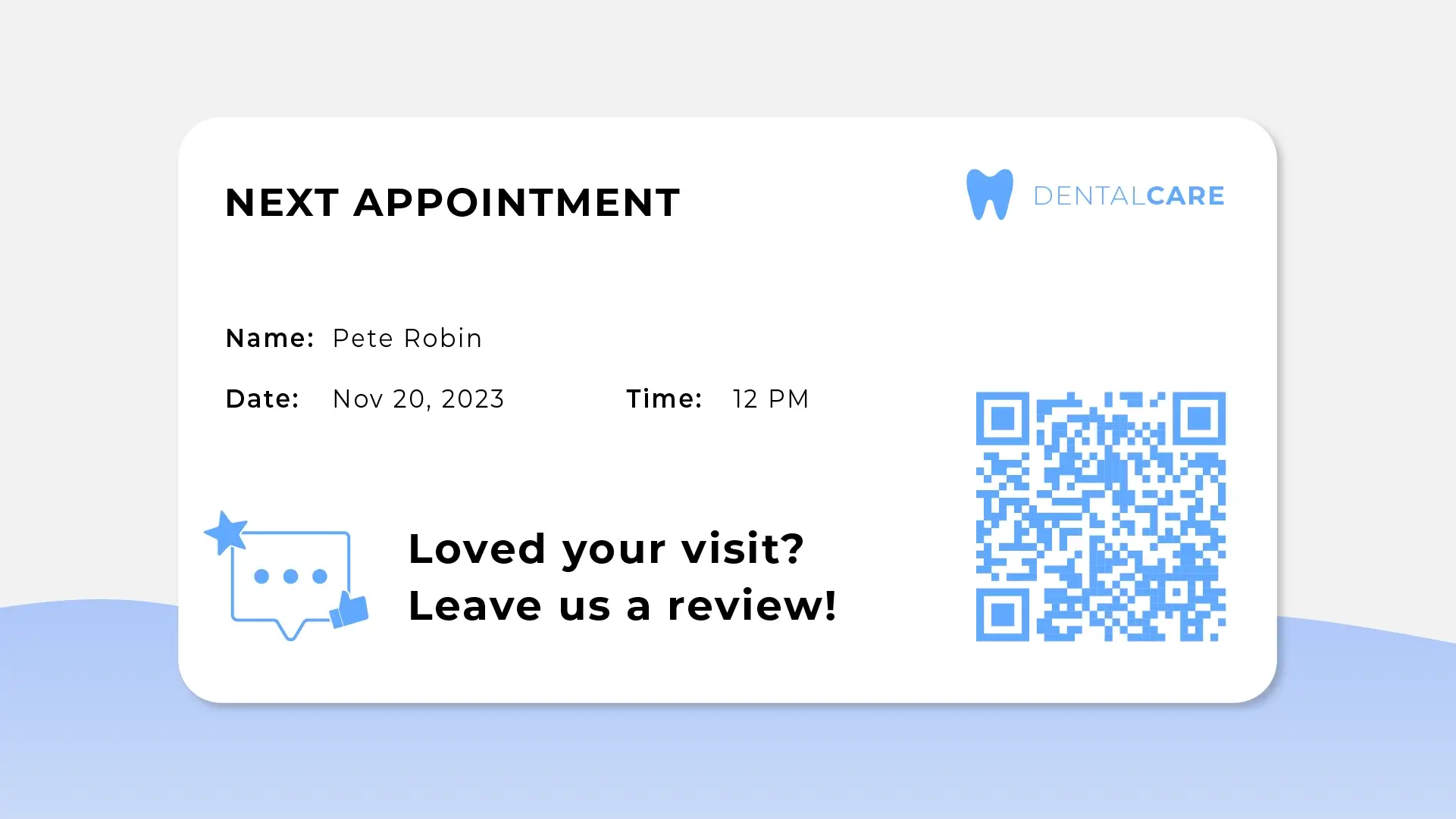
4. Requesting Reviews Directly from Patients
There’s something about a personal request that’s hard to ignore. When a healthcare provider asks for a review, it feels more like a personal favor and less like a business transaction. “We’d love your feedback” can go a long way from the person who just provided care.
Scripting the Ask
No need to wing it. Have a script ready that’s polite, not pushy. “If you were happy with your care today, would you mind sharing your experience online? It really helps us out.” It’s straightforward and respectful of their time.
Timing the Request
Ask for a review when the patient feels positive about their visit—maybe after a compliment or a word of thanks. It’s all about catching that moment when they’re most likely to give a thumbs-up.
5. Text Message
Text messages have a way of cutting through the clutter. With open rates as high as 98% compared to emails’ 20%, a text is far more likely to be read and acted upon. It’s the digital equivalent of a gentle tap on the shoulder versus an email’s shout across a crowded room.
Staying Within the Lines
When texting patients, you’re playing in a field with strict rules. Compliance with regulations like HIPAA in the U.S. is non-negotiable. Always get consent before sending texts, keep the content professional, and protect patient privacy at all costs.
Texts That Trigger Action
Keep your texts short and sweet. “Hi [Patient Name], we hope you’re doing well after your visit. We’d love your feedback here [link].” It’s personal, quick, and includes a clear call to action.
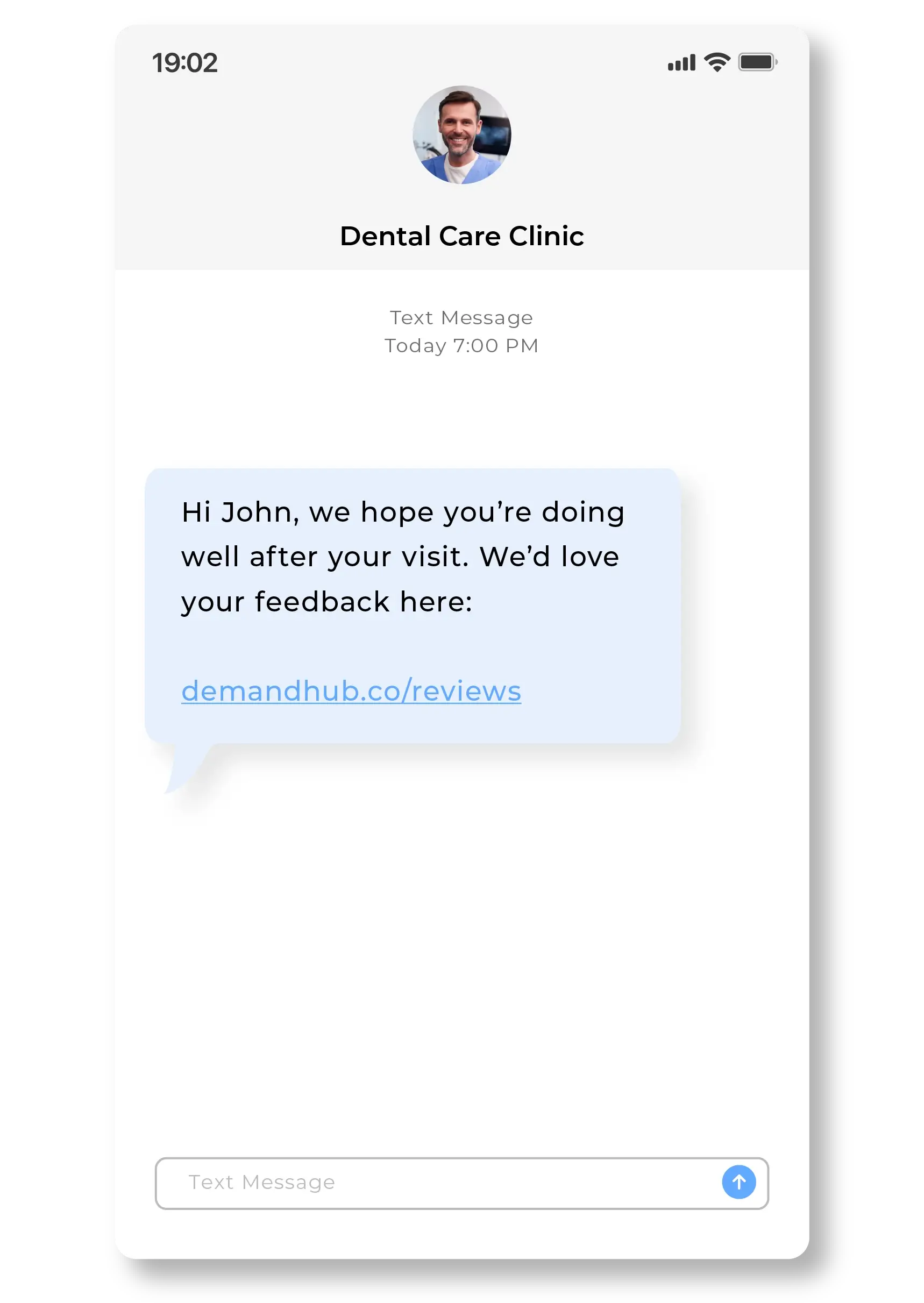
6. Offering Incentives for Patient Reviews
Incentives can be a minefield if not handled correctly. The key is to offer them ethically and legally. Ensure any incentive complies with healthcare regulations and doesn’t buy positive reviews but rather encourages honest feedback.
Creative Incentives That Stick to the Rules
Think outside the box while staying in the lines. Offer a monthly draw for a wellness basket, or a discount on a future service that benefits patient health. It’s about appreciation, not manipulation.
Spreading the Word Tactfully
Let patients know about your incentive program in a way that feels like a ‘thank you’ rather than a bribe. “We value your feedback, and as a token of our appreciation, you could win [incentive details] for sharing your honest thoughts.”
7. Social Media
Social media is where conversations happen. Engage with your patients here; they’re more likely to share their experiences. It’s about creating a community that supports and values each other.
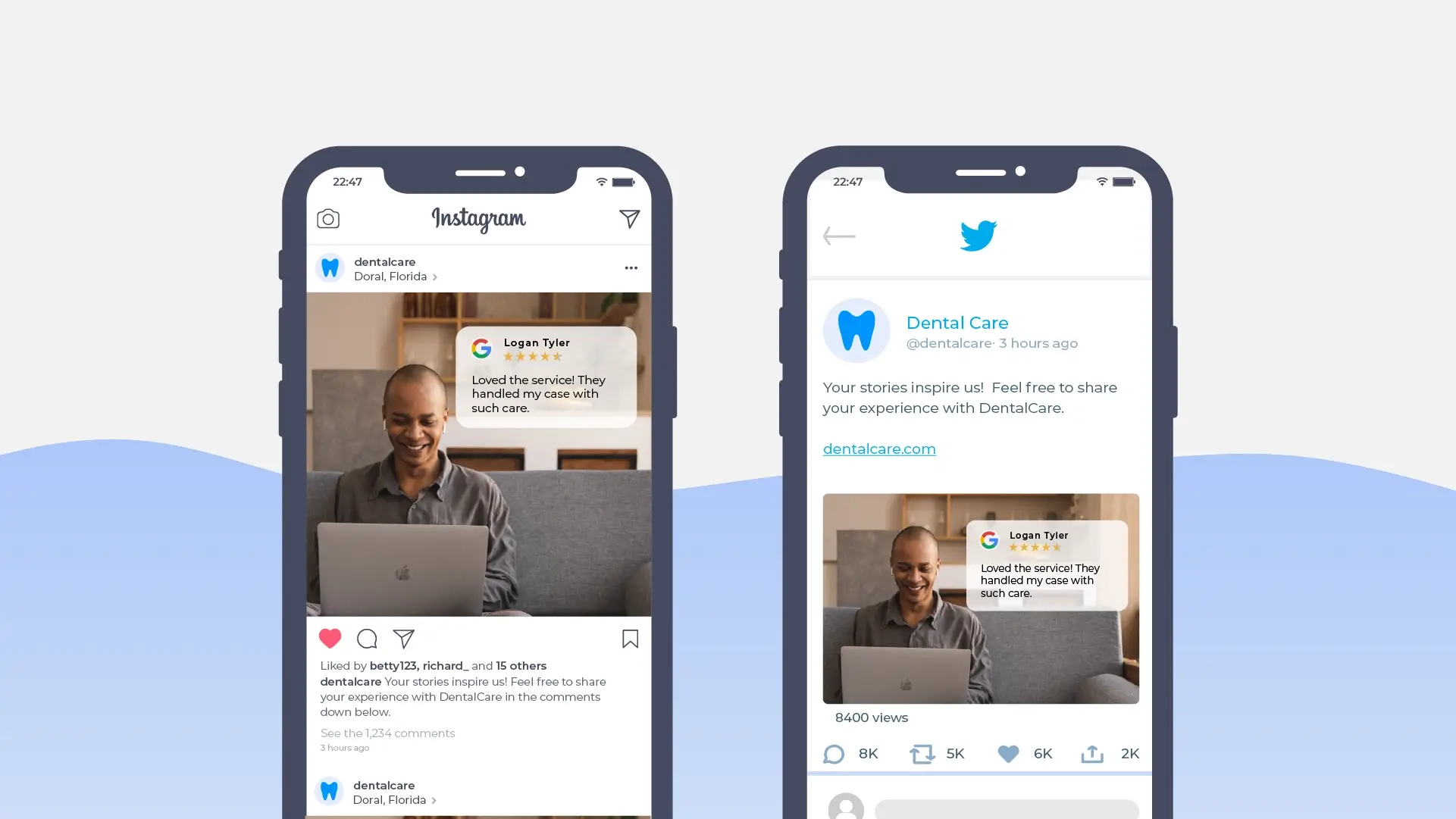
Crafting Share-Worthy Posts
Create posts that naturally encourage reviews without stepping on privacy’s toes. Share stories or health tips and gently remind followers that their feedback is welcome. “Your stories inspire us! Feel free to share your experience with [Practice Name].”
Linking Platforms for Greater Reach
Make it easy for patients to jump from your social media to review sites. A link in your bio or a post with directions can bridge the gap between a ‘like’ and a review.
8. Utilizing Automated Review Request Systems
Automated systems take the legwork out of requesting reviews. They’re like having a digital assistant who never forgets to ask for feedback at the right time.
Not all platforms are created equal. Some are better at integrating with your practice management software, others offer more personalization. It’s worth shopping around to find the one that fits your practice’s vibe.
When it comes to choosing the right platform, DemandHub stands out. It’s not just an automated system; it’s a comprehensive solution designed to sync seamlessly with your practice management software.
This integration means that as soon as a patient’s appointment is concluded, DemandHub is ready to send a personalized review request without you having to lift a finger.

The best systems let you tweak the message so it doesn’t feel robotic. They can match the tone of your practice and make each patient feel like the message is just for them.
DemandHub excels in personalization. It understands each healthcare provider is unique, and so are their patients. With DemandHub, you can tailor your messages to match the tone and voice of your practice, ensuring that each review request feels personal and genuine.
This level of customization can enhance the patient experience even after they’ve left your office.
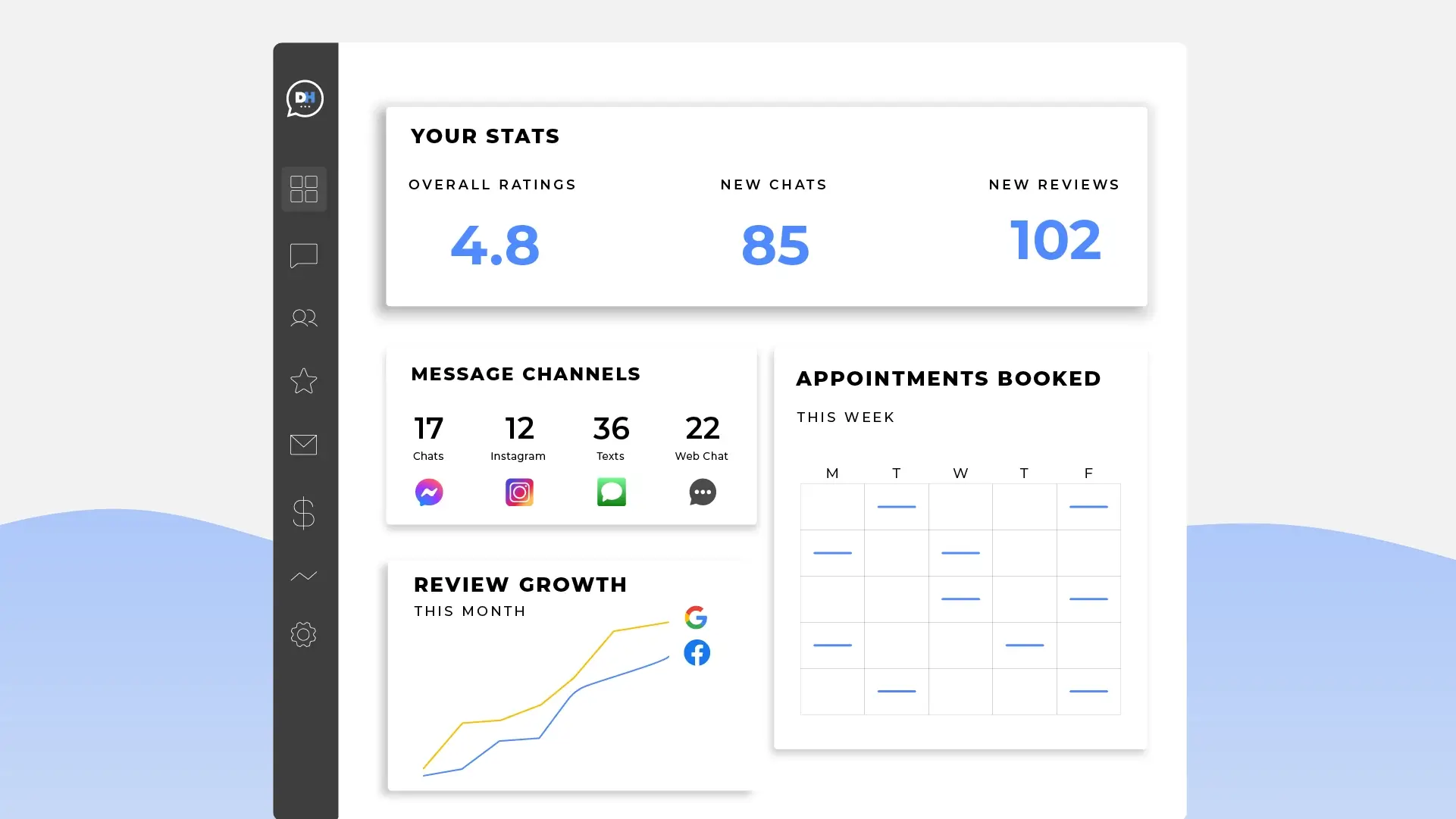
9. Phone Call
A phone call is personal in a way digital messages can’t match. It’s the difference between a handwritten note and a typed letter. It shows you’ve taken the time to reach out personally.
Best Practices for the Phone Ask
Be courteous and keep it brief. “Hi [Patient Name], it’s [Your Name] from [Practice Name]. We’re just calling to see how you’re doing and to ask if you’d be willing to share your experience with us online.”
Training for the Perfect Pitch
Your staff should know the script but also how to be adaptable. Each patient is different, and the ability to read the tone of a conversation is key. Role-play different scenarios so they’re prepared for anything.
Conclusion
Patient reviews are not just a metric. They’re a lifeline to the success and credibility of your medical practice. We’ve outlined 9 actionable strategies to significantly boost your review volume, from leveraging the immediacy of text messages to the personalized phone call approach.
Remember, the quality of care you provide is the foundation of positive patient reviews. Building on that, tools like DemandHub can automate and streamline the process, ensuring that every patient can share their experience without your staff managing each request manually.
Now is the time to act. Integrate these strategies into your practice’s routine and watch your online reputation flourish. With DemandHub as your partner in this journey, you’re not just collecting reviews but cultivating a community of satisfied patients who are your best advocates.
Take the first step today and get your free trial or demo and explore how our platform can transform how you get patient reviews.
Frequently Asked Questions (FAQs) related to Patient Reviews
How can I encourage patients to leave reviews for my practice?
Encouraging patients to leave reviews starts with providing exceptional care and service. Beyond that, make the process easy and accessible. Utilize automated systems like DemandHub to send timely review requests. Don’t hesitate to ask patients directly, either in person or through follow-up communications like emails or texts.
What are the best platforms for collecting patient reviews?
The best platforms for collecting patient reviews are those most frequented by your patients. This often includes Google, Yelp, Healthgrades, and specialized healthcare review sites. Platforms like DemandHub can help centralize and manage reviews across various sites.
Can I offer incentives to patients for writing reviews?
Yes, you can offer incentives, but adhering to ethical guidelines and healthcare regulations is crucial. Incentives should encourage honest feedback, not just positive reviews. Consider offering entry into a raffle or a small discount on future services as a token of appreciation.
How should I handle negative reviews from patients?
Handle negative reviews professionally and empathetically. Respond publicly to acknowledge the feedback and show that you take patient concerns seriously. Offer to discuss the matter privately to resolve issues, demonstrating your commitment to patient satisfaction.
Can patient reviews help in improving my medical services?
Absolutely. Patient reviews provide valuable insights into the patient experience and can highlight areas for improvement. Regularly reviewing and analyzing patient feedback can help you refine your services and address specific issues that patients might be facing.
Is it okay to ask patients for reviews directly?
Yes, it’s perfectly acceptable to ask patients directly for reviews. A personal request can be very effective, especially from a healthcare provider they trust. Just ensure the request is made in a manner that is respectful of their time and experience.
How can patient reviews boost my online reputation?
Patient reviews significantly impact your online reputation by providing authentic patient experiences to prospective patients. Positive reviews can improve your visibility in search engine results, enhance trust in your practice, and ultimately attract more patients.
Should I respond to all reviews, both positive and negative?
Responding to all positive or negative reviews is a good practice. It shows that you value patient feedback and are committed to continuous improvement. Personalized responses can further enhance patient trust and loyalty.




